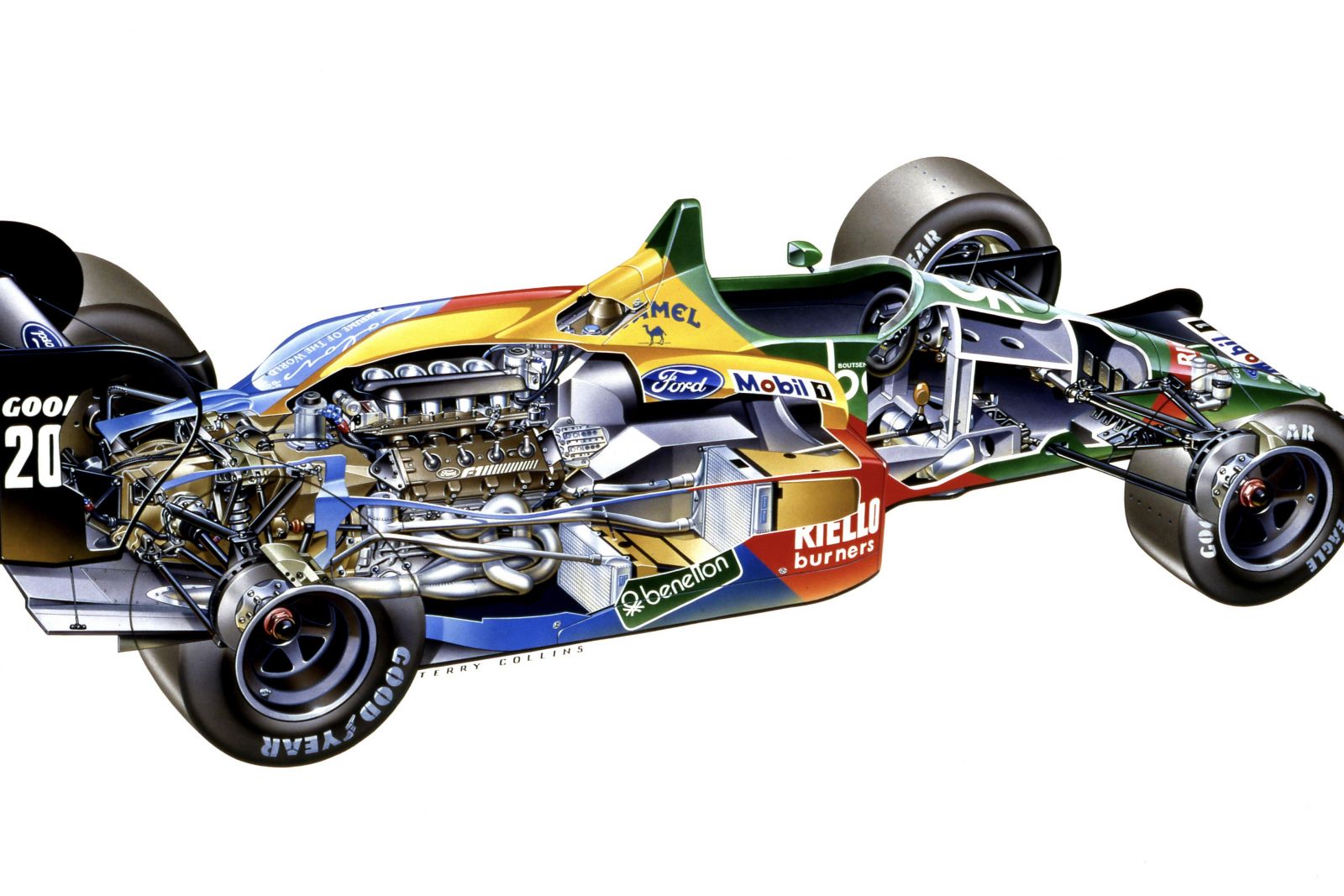As expected, Ford will return to Formula 1 for the 2026 season after a 22-year break, pairing with Red Bull Powertrains to work on the next-generation hybrid power unit.
The newly announced deal will create an entity called Red Bull Ford, which will supply powertrains to the Red Bull Racing and Scuderia AlphaTauri teams until at least 2030.
This gives the reigning Constructors’ Champion a new partner beyond Honda, which is gradually exiting the sport.
The Red Bull-Ford alliance will this year start developing a power unit to meet the new technical regulations – including a 350kW electric motor, battery cell, control software and analytics, and a new combustion engine able to run on more sustainable fuels.
“This is the start of a thrilling new chapter in Ford’s motorsports story that began when my great grandfather won a race that helped launch our company,” said Bill Ford.
The FIA and F1 are deepening their focus on making the sport greener, which is attracting big carmakers who want to develop their hybrid credentials.
“Ford’s return to Formula 1 with Red Bull Racing is all about where we are going as a company,” said president and CEO Jim Farley (a well-known car nut).
“Increasingly electric, software-defined, modern vehicles and experiences. F1 will be an incredibly cost-effective platform to innovate, share ideas and technologies, and engage with tens of millions of new customers.”
F1 is also growing in popularity in the US, thanks in part to the Netflix series Drive to Survive.
Red Bull Racing Team Principal and CEO Christian Horner said the deal was “tremendously exciting”.
“As an independent engine manufacturer to have the ability to benefit from an OEM’s experience like Ford puts us in good stead against the competition,” he said.
“They are a manufacturer rich in motoring history that spans generations. From Jim Clark to Ayrton Senna and Michael Schumacher, the lineage speaks for itself.
“For us as Red Bull Powertrains to open the next chapter of that dynasty, as Red Bull Ford, is tremendously exciting. 2026 is still a while a way but for us the work already starts as we look to a new future and a continued evolution of Oracle Red Bull Racing.”
Ford last competed in F1 in 2004, and has powered 10 Constructors’ Championships and 13 Drivers’ Championships. It claims to be the third most successful engine manufacturer in the sport.
The company isn’t the only OEM keen to get into F1 in the back half of this decade.
Audi announced its plan last August, saying a major factor in its decision to enter F1 from 2026 was the series’ growing focus on electrification and sustainable fuels. It’s paired up with Sauber.
Meanwhile Ford’s great rival, General Motors, said in January this year it was keen to enter the new Andretti Cadillac F1 team, based in the US, “to build on previous racing accomplishments while expanding international reach for both brands”.
F1’s Chief Technical Officer Pat Symonds last year discussed the sustainable fuels push, which began in 2022 with the addition of 10 per cent green ethanol to the running mix.
Former F1 managing Director of Motorsports Ross Brawn added: “We’re working on an E fuel where the carbon circle is completely neutral so the carbon utilised to produce that fuel is the same quantity as the carbon emitted from the internal combustion engine.”
MORE: Audi’s Formula 1 entry green-lit, with the emphasis on ‘green’
MORE: Cadillac plans F1 entry with Andretti





